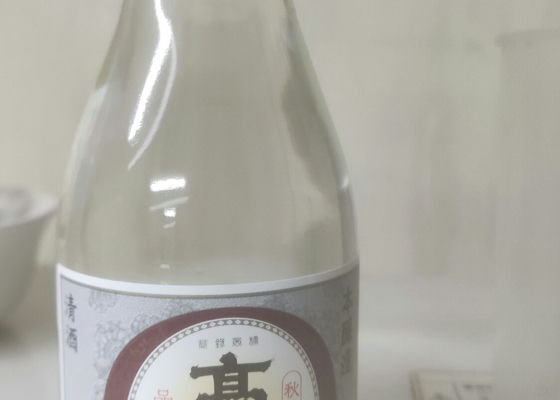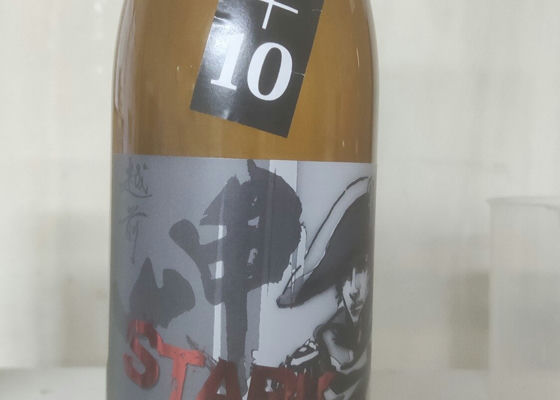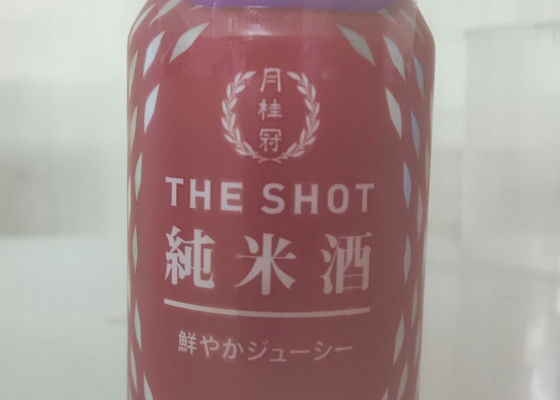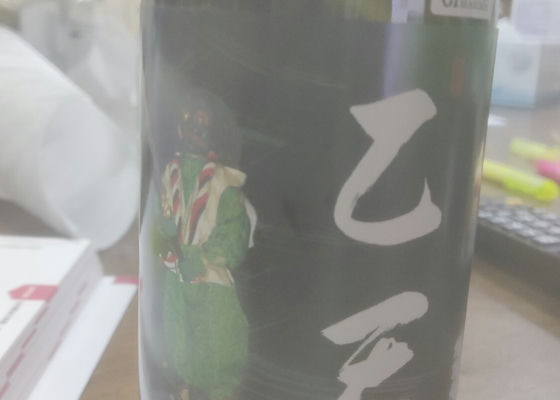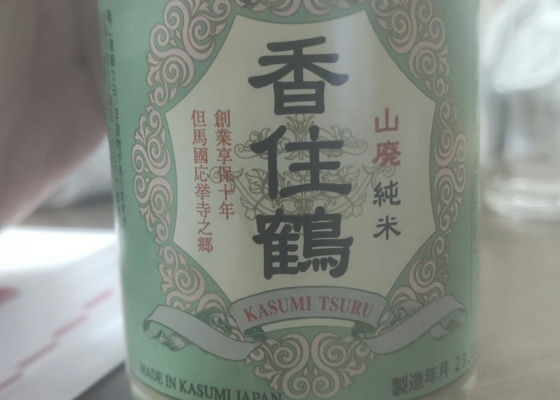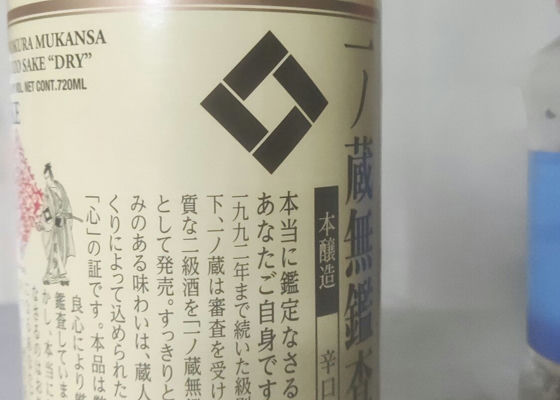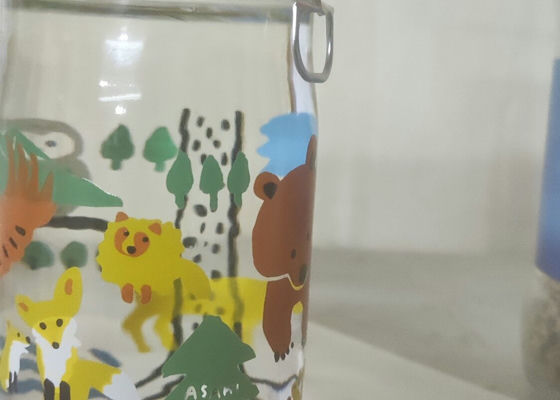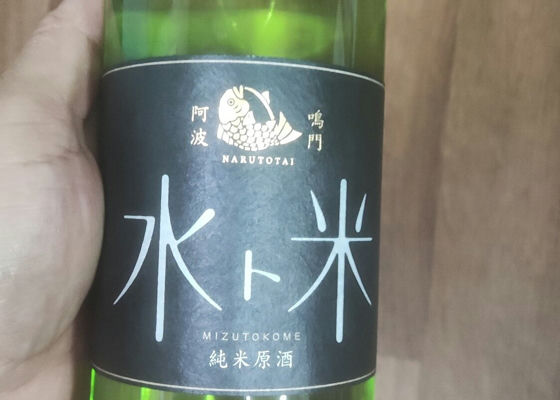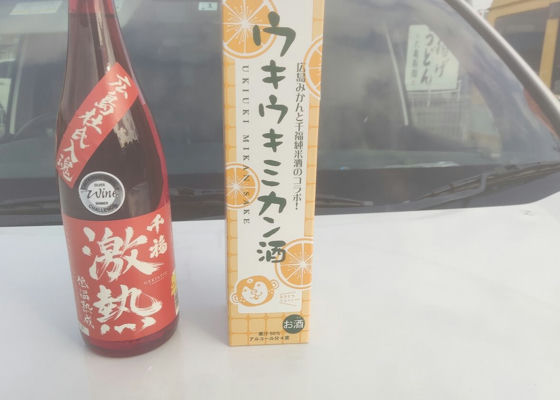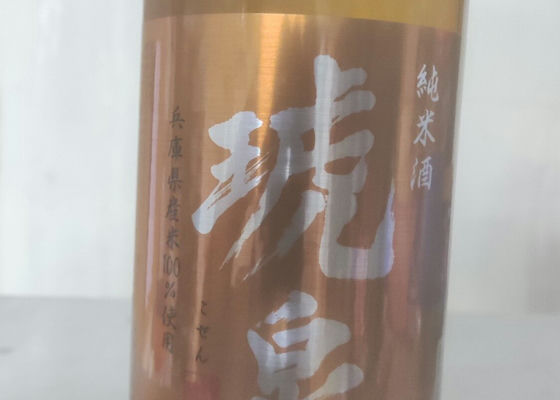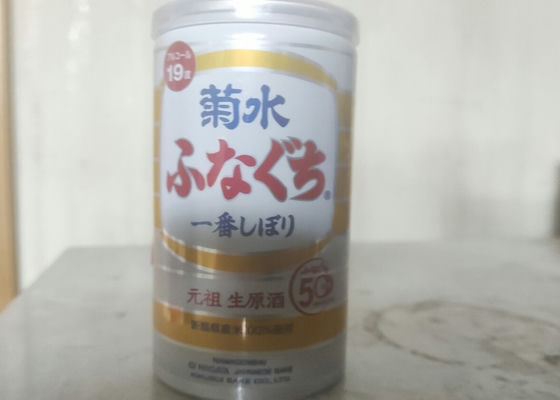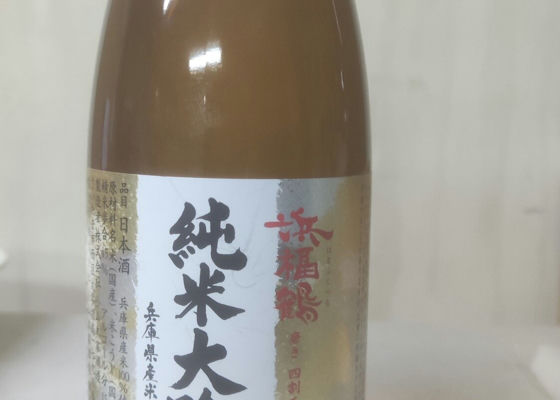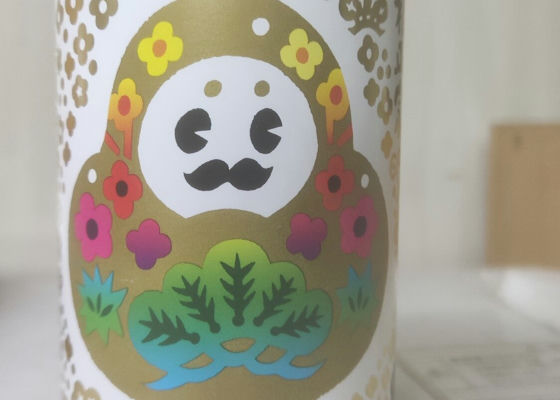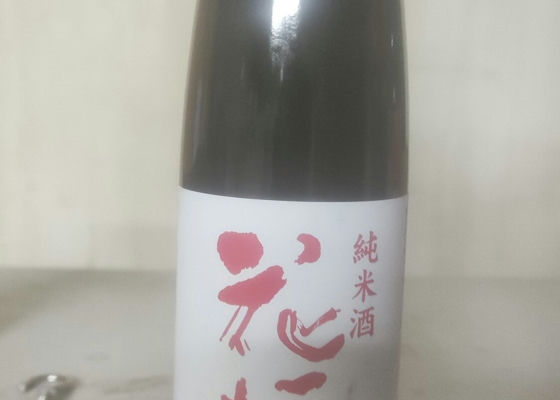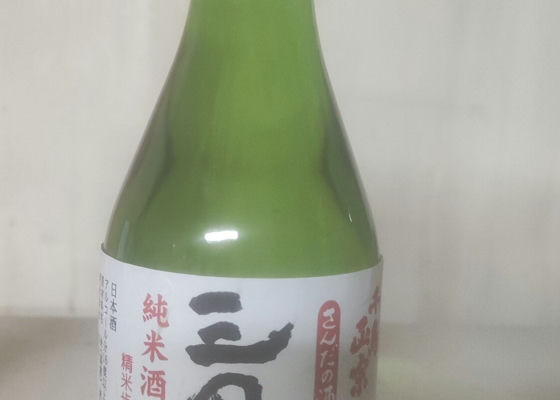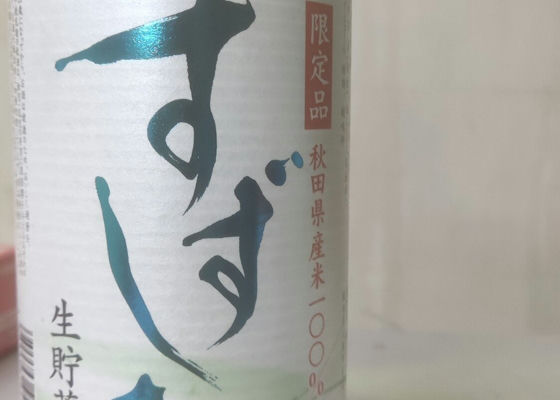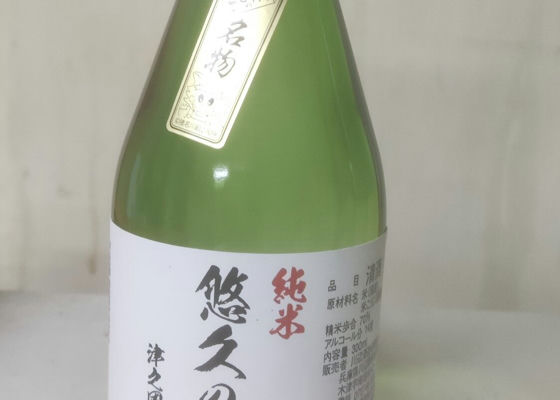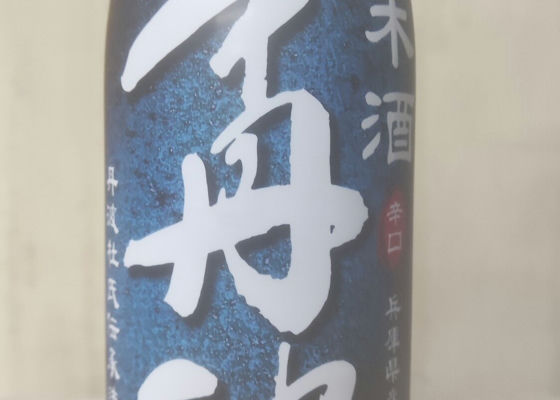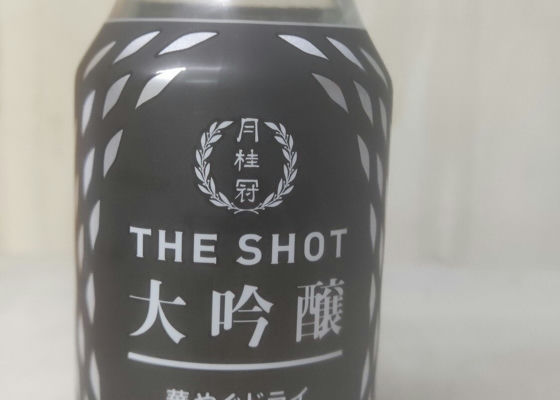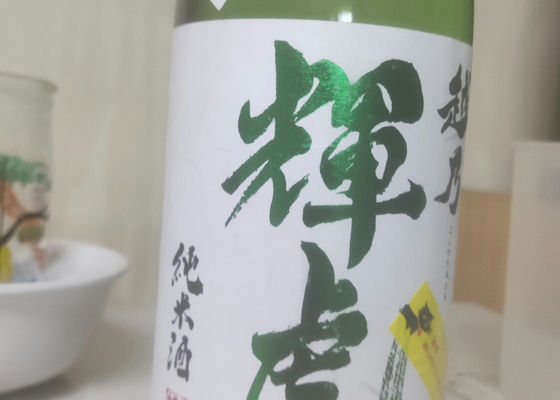
一本義 仙介🇺🇦
Sake from Nagaoka City, Niigata Prefecture.
Discount price of 800 yen at a nearby supermarket.
If only we could get to know good sake from such encounters.
The sweetness that comes in slowly. Good on the palate.
The sweetness spreads as if it envelops you. A light spiciness.
You can feel the rich rice flavor deep in the back of the mouth.
How about if you warm it up?
Along with the sweetness, there is a lactic acid astringency and umami.
It is a taste that makes you feel good.
The spiciness and astringency that finishes off the finish resets the aftertaste.
We will have another cup of sake.
Japanese>English
